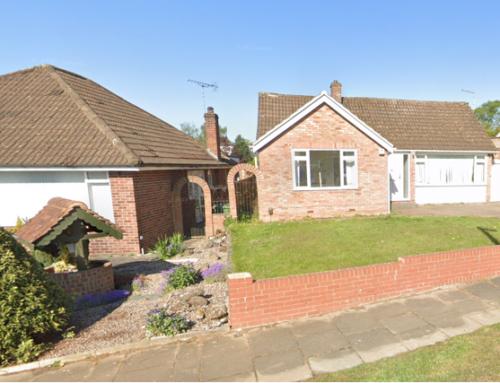Case Study: Successful Right to Light Analysis Outcomes
In the constantly changing landscape of property development, the concept of Right to Light has appeared as a key consideration for designers, developers, and planners alike. Understanding what a Right to Light survey entails is important for anyone involved in building projects, especially in high-density urban environments. This article delves into the significance of Right to Light surveys, exploring their role in protecting the interests of both developers and adjacent properties, while also examining noteworthy case studies that showcase best practices and outcomes.
As we navigate through the challenges of property development, the implications of Right to Light extend far beyond mere legalities. They play a pivotal role in planning permissions, influencing aesthetics and project viability. With increasing https://boatmine2.bravejournal.net/the-significance-of-light-rights-evaluations-in-urban-planning and a push for new constructions, the importance of conducting comprehensive Right to Light assessments cannot be overstated. In this article, we will uncover the background and legal basis of Right to Light in the UK, discuss the survey process, and reveal how proactive measures can help avoid litigation, ultimately fostering harmonious relationships within the community.
Understanding the Right to Light
The right to light is a legal principle that permits property owners to experience natural light in their buildings from designated windows. This right is defined under common law and relates to properties that have enjoyed light through certain openings for a continuous period, typically over 20 years. The principle seeks to protect the rights of light as a critical aspect of living and working spaces, ensuring that construction projects do not unduly obstruct light access to neighboring properties.
Understanding the relevance of right to light is essential for property developers, as it can significantly impact zoning approvals and project viability. If a planned development violates a neighboring property's right to light, it can result in objections, delays in the planning process, and potentially costly legal disputes. Developers must consider these rights early in the planning stages to avoid complications that might arise afterwards or even stop the project altogether.
Additionally, the implications of right to light go beyond mere access to sunlight; they influence design choices, community relations, and future property values. As urban areas become more crowded and competition for development space intensifies, awareness and attention of right to light issues will become increasingly important. Engaging in a right to light survey can help reveal potential risks and guide developers in creating solutions that meet legal requirements while also considering the concerns of neighboring properties.
Survey Process and Methods
Right to Light surveys are vital for determining potential light blockages and ensuring compliance with legal guidelines. The survey procedure starts with location evaluation, where surveyors assess the current light conditions and topography around the site. This assessment often includes calculating sunlight exposure at different intervals of the day and noting any barriers that may affect light access to adjacent properties. Gathering both qualitative and quantitative data during this stage is important for an accurate evaluation.
Once the initial data is gathered, surveyors use specialized tools and techniques to assess the effect of any proposed projects on light access. Specialized software is frequently used to create detailed 3D models, which depict how light interacts with the structures in question. These models enable surveyors to clearly demonstrate potential infringements on light rights and provide a thorough evaluation. The application of BRE guidelines guarantees the survey aligns with industry standards for daylighting assessments.
The output of the assessment procedure is typically a Daylight and Sunlight report, which synthesizes the findings and provides recommendations for mitigating any identified issues. This report not only supports the builder in securing planning permission but also serves as a proactive approach to avoid conflicts with neighbors. By outlining the consequences of right to light in the framework of the development, both builders and property owners can navigate the challenges of city planning with confidence.
Examples and Practical Applications
In studying successful outcomes of right to light surveys, one notable case included a builder in a crowded London neighborhood. Initially, dealing with objections from neighboring homeowners concerned about reduced daylight due to a planned high-rise, the builder commissioned a thorough right to light survey. The results highlighted potential infringements and enabled a redesign that addressed the neighbors' concerns, ultimately leading to a positive planning application that harmonized both development goals and light rights.
A different notable case comes from a project involving historic buildings in a downtown area. The builder had ambitions to convert an existing structure into luxury apartments but encountered resistance from adjacent property owners claiming rights to light were being compromised. By engaging a right to light expert early in the process, the developer utilized 3D modeling and adhered to BRE guidelines to demonstrate that light levels for neighbors would remain compliant. This proactive approach not only facilitated smoother negotiations but also highlighted the importance of integrating right to light assessments in the early stages of development.

In a different scenario, a residential extension sparked a dispute when neighbors objected, alleging that the new structure would block significant sunlight. The homeowner opted for a right to light survey which revealed the degree of potential impact. Armed with concrete data, the homeowner engaged in constructive discussions with their neighbors to reach an amicable compromise that modified the design of the extension while preserving light access. This case highlights how effective communication and well-informed strategies can mitigate conflicts and align interests in right to light matters.